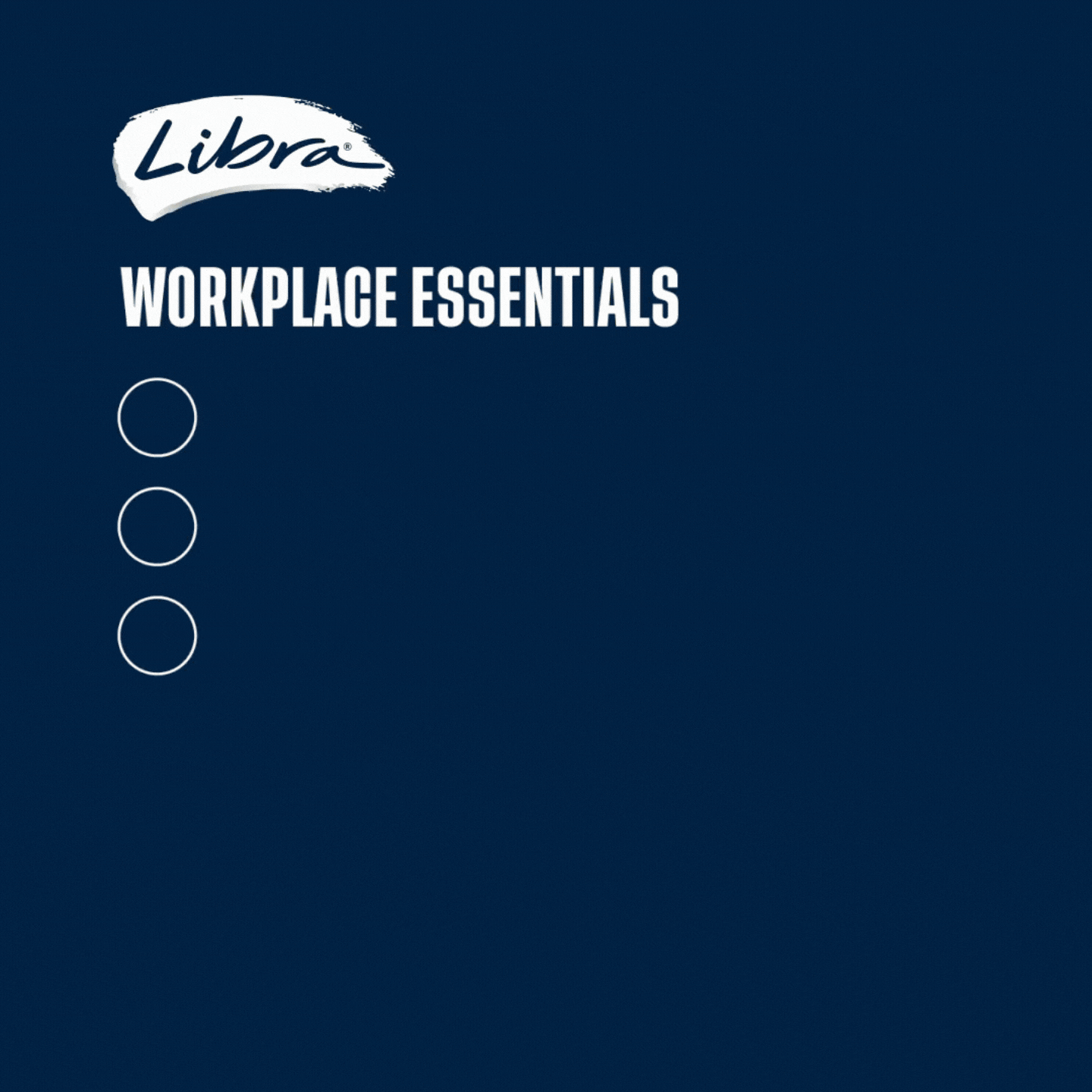In recent weeks the winds of change have breezed ever so gently across Australia’s male dominated professional landscape. A number of new initiatives aimed at supporting female participation in the workforce at the highest levels have nudged us in the right direction.
Last month South Australian Chief Justice Chris Kourakis targeted gender imbalance in the legal profession with an initiative to help more women become barristers. Shortly after, the Victorian Government declared new rules to guarantee women make up at least half of all future appointments to paid Victorian government board and court positions.
At the same time, in some Australian companies, conversations about female participation are shifting from ‘politically correct window dressing’ into something that makes genuine business sense. Finally, some business leaders are taking note of data that proves a gender-balanced workforce can only be a good thing for a company’s bottom line.
Reports like the one from consultancy firm McKinsey, which found that businesses with leadership roles more evenly balanced between women and men are most likely to report financial returns above their industry average. And last year in the United States 15 companies on the S&P 500 index that were led by women averaged a return of nearly 50 per cent, compared to the overall S&P 500 average growth rate of 25 per cent.
While all of these things put a smile on my face I have to admit that deep down in the pit of my stomach they also leave me with a feeling of dread. Dread for some of those women whose careers stand to benefit from the practices and initiatives aimed at helping them up the corporate ladder.
That’s because while big business is getting itself into gear and revving the workplace gender equality accelerator, there are many other areas of our lives that still have the handbrake firmly on. And unless we have some pretty honest conversations about those other areas that need to play catch-up, some women in professional roles are likely to feel stressed and overwhelmed.
The first obvious area for discussion is the quality of childcare in Australia. Sure the cost is one thing to make you wonder if accepting that job offer or promotion is worth it, but there is also the guilt associated with sending your child to a place you feel even remotely unsure about. Irrational feelings that lead you to question whether you could be harming your child by sending them to day care.
And as your child progresses into school, feelings of guilt remain particularly when you hear ‘findings’ from research that link a child’s academic performance to the number of hours a mother works. Like the report published in the Australian Journal of Labour Economics that claims the more hours a mother works, the greater likelihood her child will struggle with schoolwork (funnily enough, no mention of what happens if a father works fewer hours).
The next area we need to take a long hard look at is the home front. In many homes across this great nation of ours the kitchen, the washing machine, the bed making, the vacuuming, the grocery shopping and the homework supervision seem to default to ‘women’s work’, regardless of their employment status.
Women average 16 hours housework a week, more than double the amount of men, according to the Household, Income and Labour Dynamics in Australia survey. The World Economic Forum backs this finding, reporting Australian women spend 311 minutes on unpaid work each day – such as housework, caring responsibilities and volunteering – while men spend 171.6 hours on the same type of work.
Now before you shout at me (and that’s where these type of conversations typically lead to…a blazing row over the unstacked dishwasher) there are certainly men who are quite happy to do their bit on the domestic front. But just ask your mum and I’m sure she’ll confirm that domesticated dads are a relatively new phenomenon. The truth is, in the decades before us, the household to-do list was that of a woman’s and many homes are still evolving in this area.
And then there are the other things clawing at the ankles of women scaling the corporate ladder. Things like workplaces that appear flexible on the outside, but inside lurk inflexible personalities unable to relinquish their control to workplace relationships measured on output rather than ‘desk-time’.
Or men being labeled soft or less serious about their career because they take time away from work to care for their kids, or help out on the home front while their partners work.
Or schools that send emails about tuck-shop duty and fundraiser baking to the mothers, and emails about fees to the fathers.
I know that not all of these things apply to all women – there are many of us with fantastic supportive and progressive partners, families and networks. But I do know from the conversations I hear around me – in the office, in the playground, at the dinner party – there are many women stepping down and backing away from the corporate ladder because they can’t see how they can make it all work.
And this is what fills me with dread.
Because when it comes to female participation in the workplace, while some businesses are finally nudging themselves into the future, there are many other important aspects of our lives that are still firmly stuck in the past.
This article was originally published on lisalintern.com.au.

